What do you put on wood knots before painting?
When painting furniture, wood knots can be a common problem that you may encounter. These small, dark spots on the surface of the wood can be unsightly and can also cause issues with your paint job. So what do you put on wood knots before painting?
Let’s look into how to properly prepare and treat wood knots for a smooth and flawless finish on your furniture.
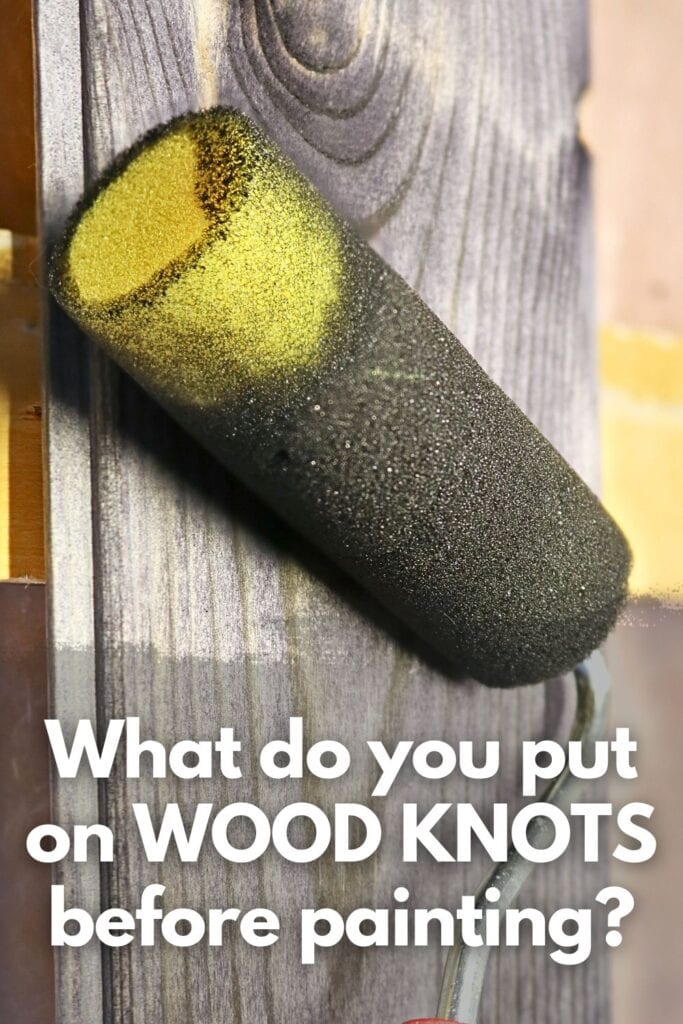
Wood knots are natural imperfections in wood that occur when a branch or limb grows out of the trunk.
Wood knots can add character and charm to furniture, giving it a rustic or vintage look. However, they can also pose problems if not properly treated before painting your piece.
Just like with any other surface, it is important to properly prep and prime wood knots so your paint is smooth and flawless. Let’s see how we should handle these pesky wood knots.
How do you know if your furniture piece has wood knots?
But first, how to identify knots on wood furniture? Wood knots are usually visible on the surface of the wood, appearing as small round or oval knots. They may be darker in color compared to the rest of the wood, so look out for those spots.
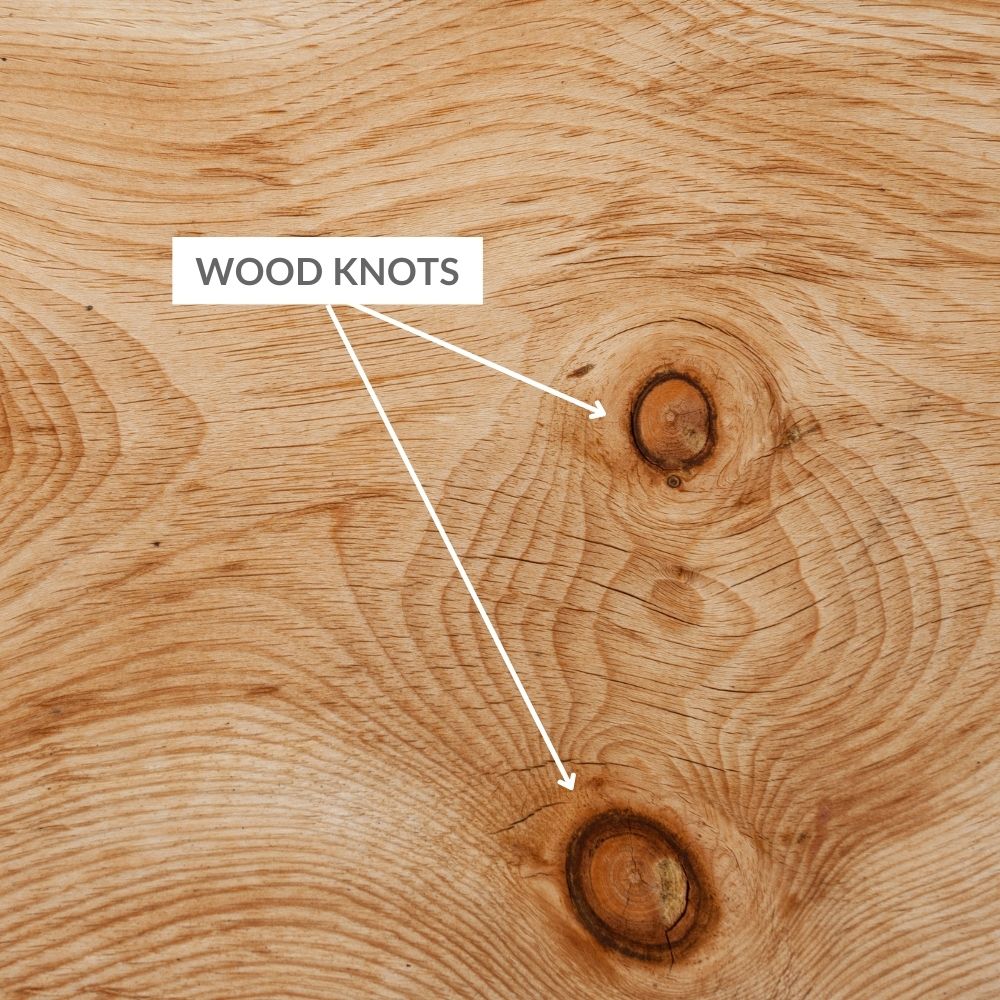
You can also feel the knot by running your hand over the surface of the wood. When you feel something slightly raised and rough, then it could be a knot. This is especially true if it is not dark and blends in with the rest of the wood.
If there are visible rings from a branch or limb, then that area may have a knot. However, not all rings are a result of knots. Some may be natural patterns in the wood. If you see any of these signs, then your furniture piece likely has wood knots that need to be treated before you paint.
What happens if you don’t treat wood knots before painting?
But what if you just leave the wood knots untreated and paint over them? What will happen if you just paint directly over them?
Well, the most common issue is that those knots will eventually bleed through your paint and create yellow or brownish stains on the surface. It’s even more visible when using light colored paints. Another issue is that the paint may not adhere properly to untreated wood knots, resulting in a bumpy or rough texture on your furniture.
These issues can be very frustrating, especially after spending time painting and perfecting your furniture piece. That is why it’s best to take the extra steps and properly treat these wood knots before proceeding to painting, instead of having to fix them later on or even restart the project altogether.
As an Amazon Associate, I earn from qualifying purchases. I also may earn from other qualifying purchases with other companies or get free product to review and use. All opinions are my own.
Putting Primer on Wood Knots Before Painting
So now is the time to answer the question, “What do you put on wood knots before painting?”
Well, the answer is primer! Priming wood for painting helps to seal and block any stains or imperfections on the surface of your furniture such as wood knots. It also provides a smooth and even base for your paint to adhere to.
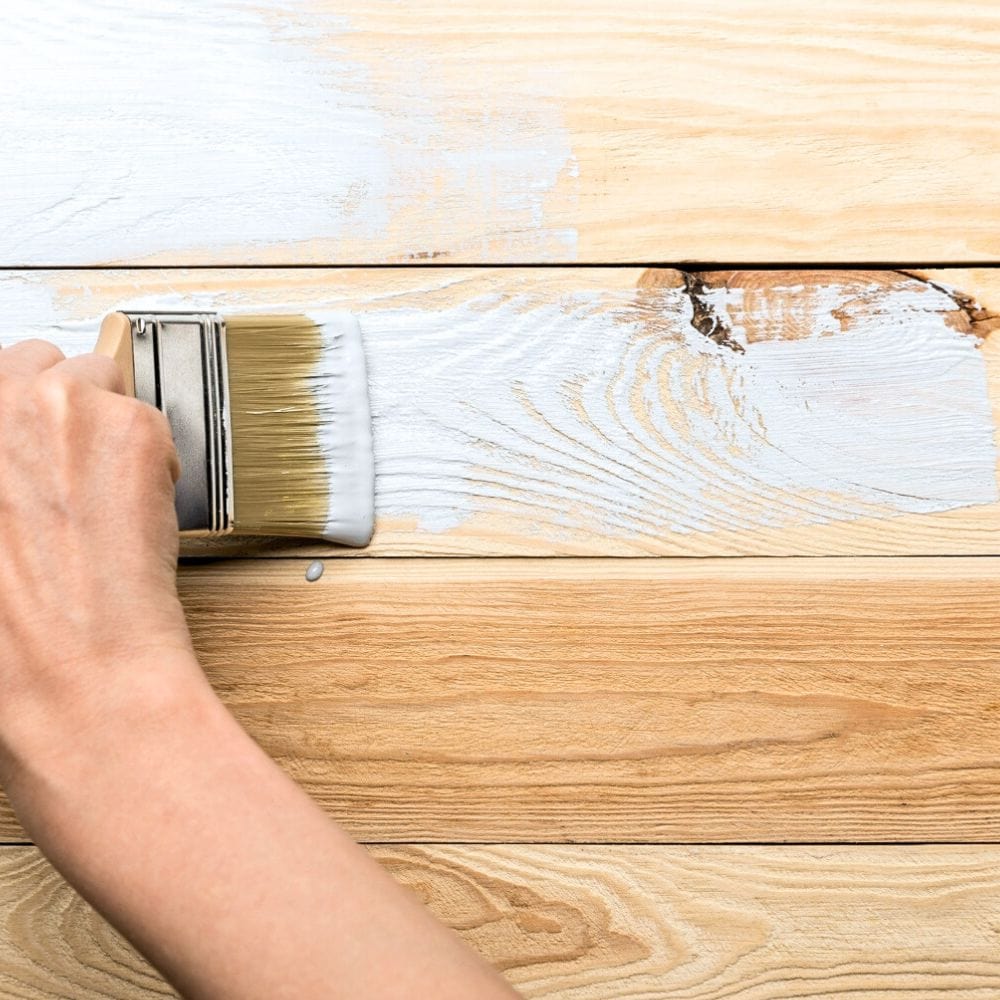
But you shouldn’t just use any primer you can get your hands on. When choosing a primer for wood knots, make sure to use one that can block stains from coming through. If not, this step won’t be as effective in preventing those pesky stains from ruining your paint job.
Some good options for primers for painting furniture with wood knots are BIN shellac primer, clear shellac, Zinsser Cover Stain, Kilz Primer, or a spray can of oil-based paint.
Get a white based primer so you can see how the stains are being covered with each coat. Apply at least 2 coats of primer on the wood knots, and if they’re still visible, add more coats until they are completely hidden.
Once you have them covered, you can then proceed with painting the rest of your piece as normal. Just make sure to let the primer dry completely before applying your paint. You can look into drying time recommendations on the primer’s label or leave it to dry overnight for best results.
How to fix wood knots that have already bled through paint?
If you’ve already painted over wood knots without properly treating them beforehand, and stains have started to bleed through your paint, the good news is that you can still fix this issue.
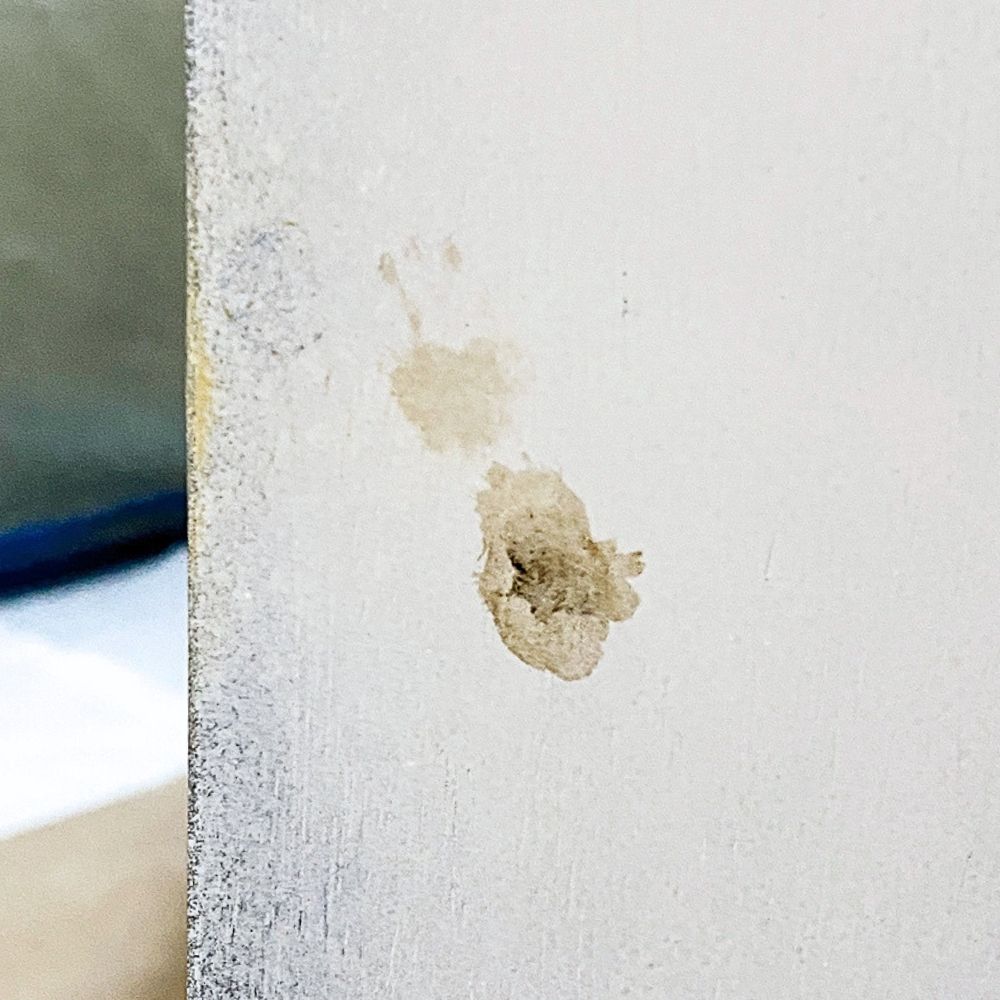
What you can do is sand down the affected area. You can also sand the entire surface for a more uniform finish. You want to remove all of the paint (and non stain blocking primer if used) that has been applied.
Once you have removed all the dust from sanding and have a clean surface, follow the steps we mentioned earlier by priming with a stain blocking primer. Apply a few coats, dry completely, and then repaint.
Here’s how to stop stains from coming through paint to learn how to fix paint bleed through, and how to prevent it from happening the next time.
Can you just paint over wood knot stains to cover them?
You might think, why not just paint over them and cover up the stains? Well, unfortunately, it’s not that simple. If you don’t use a stain blocking primer at all, the stains will still eventually bleed through your new paint job, and you’ll be back to square one.
It may be a quick solution for you, but in the long run, it will just cause more frustration and damage to your furniture piece. Here’s our list of the best primers to stop tannin bleed to help you decide which primer to use for your next project!
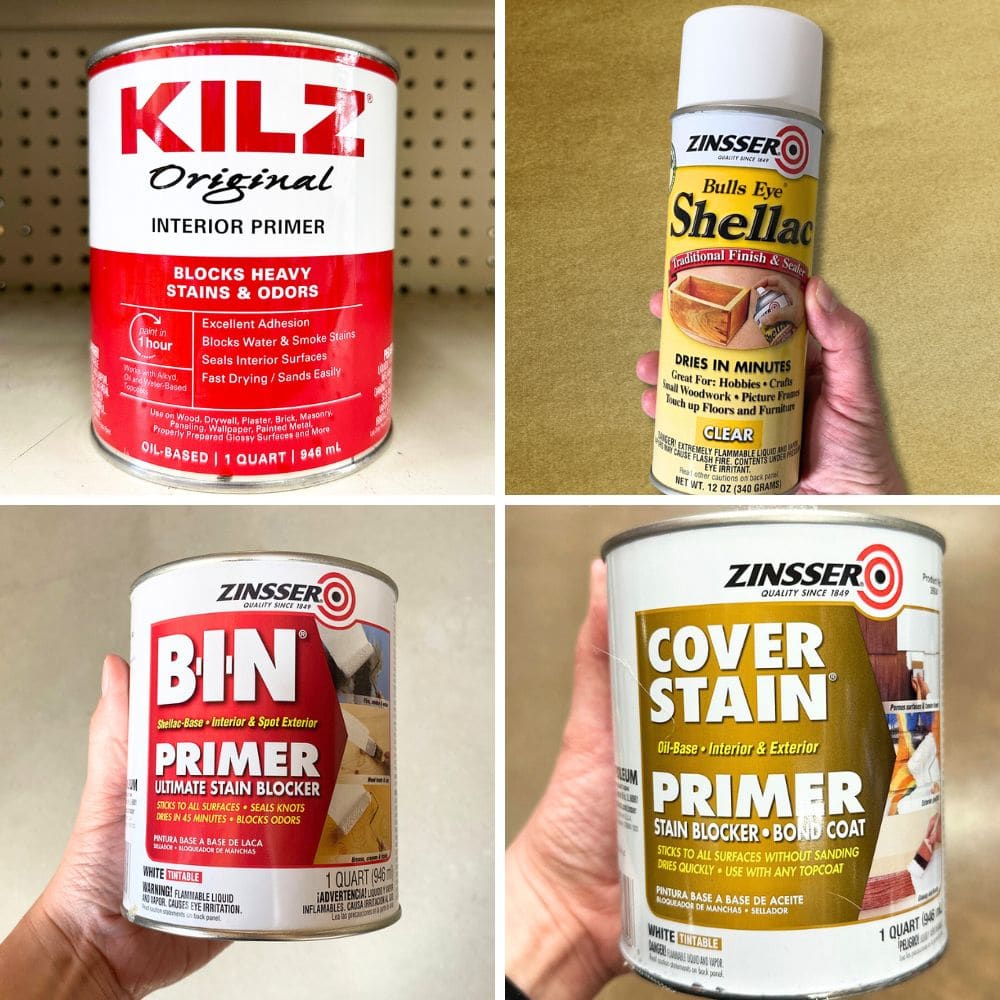
Don’t waste your time and money on constantly repainting over wood knot stains. Take the extra steps to properly treat them with primer before painting for a long lasting and flawless finish.
Plus, using a stain blocking primer not only covers up existing stains, but it also prevents any future ones from coming through. So you’ll have peace of mind knowing that your furniture piece will stay looking great for years to come.
Yes, prevention is still a whole lot better, so we hope with this guide you’ll be able to avoid this wood knots issue in the first place on your next furniture makeover! But again, if ever you encounter this issue, now you know how to fix it.
More Priming Furniture Tips
Follow us on YouTube to get more tips for painting furniture.
Or share your project with us on our Facebook Group and be part of our community. See you there!
